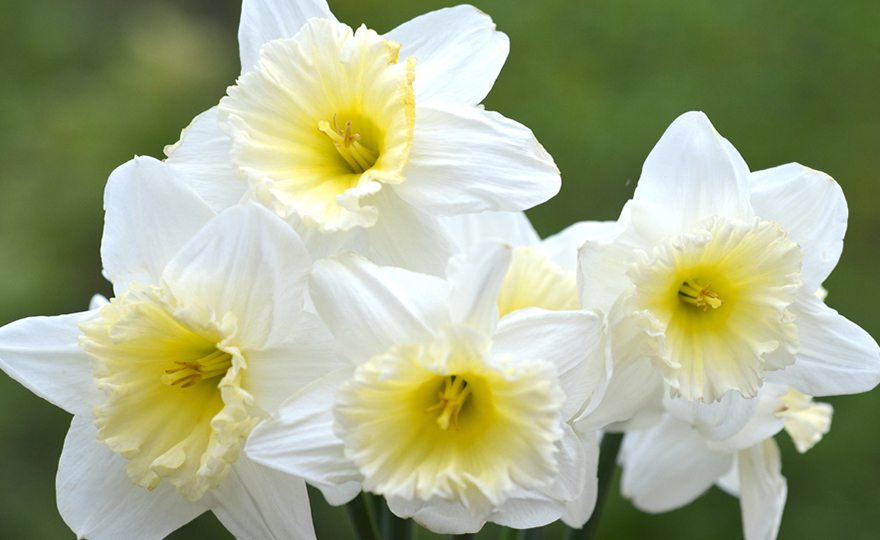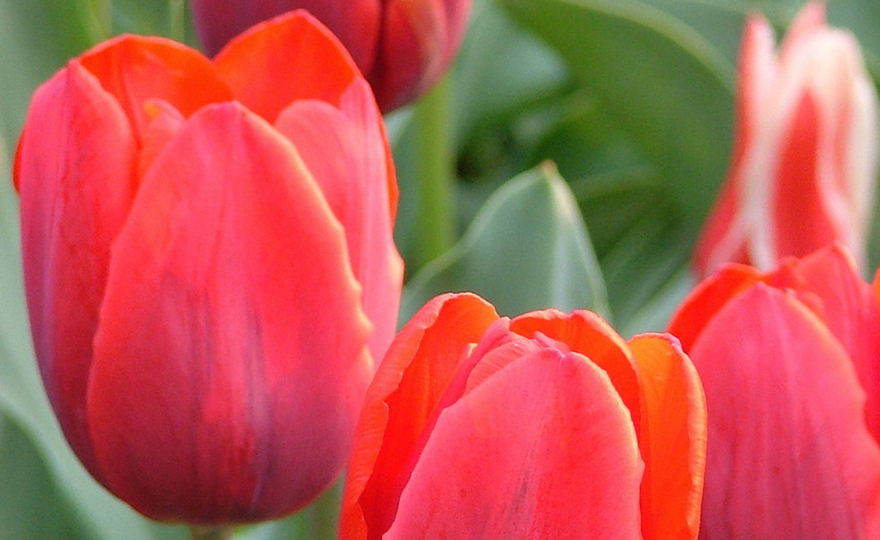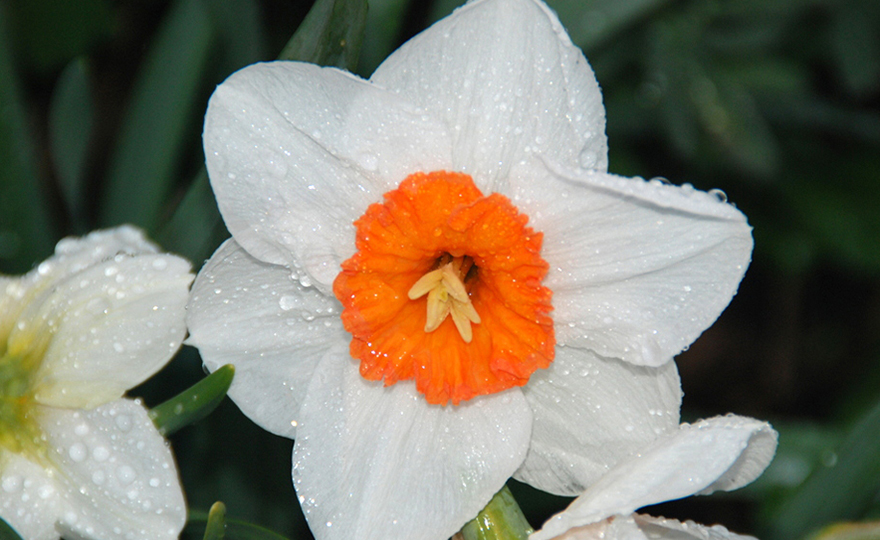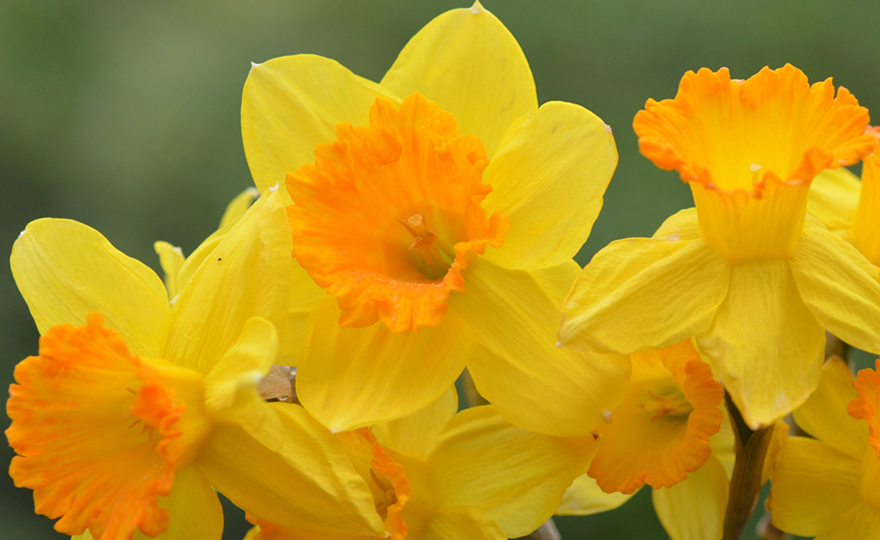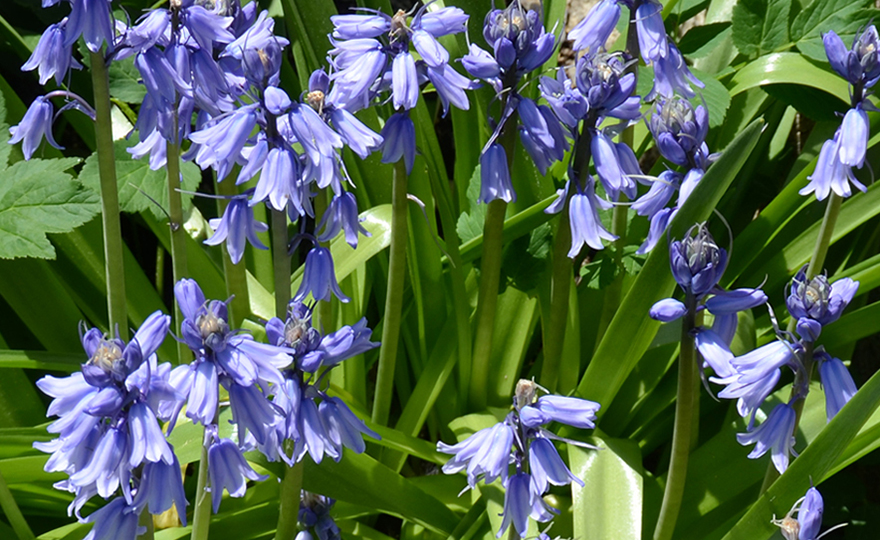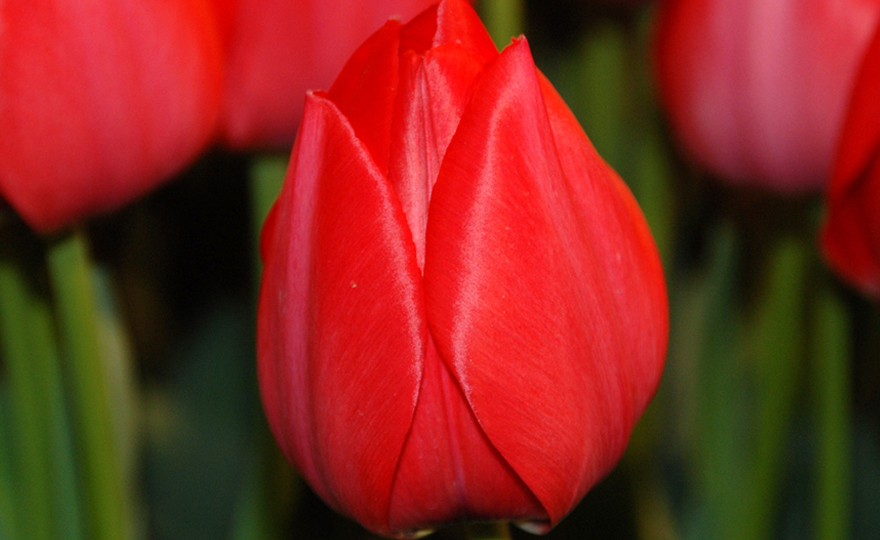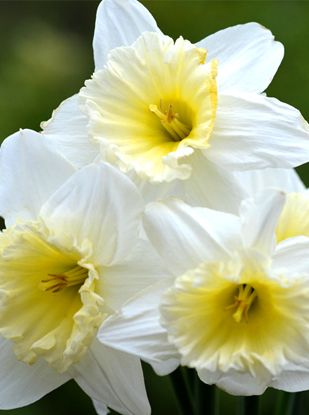
Narcissus, Mount Hood
-
- **SOLD OUT** HOLIDAY GIFTS **SOLD OUT**
- **SOLD OUT** Holiday Books **SOLD OUT**
- **SOLD OUT** Holiday Citrus **SOLD OUT**
- **SOLD OUT** Holiday Gift Certificates **SOLD OUT**
- **SOLD OUT** Holiday Paperwhites **SOLD OUT**
- **SOLD OUT** Holiday Praying Mantis Kits **SOLD OUT**
- **SOLD OUT** Holiday Tools **SOLD OUT**
- **SOLD OUT** Holiday Wildflower Mixtures **SOLD OUT**
- Citrus Trees
- **SOLD OUT** - Vegetable and Herb Plants - Mix & Match any 6 Plants for $50 - Only Shipped in Quantities of 6
- Elephant Ear Plants & Roots
- **SOLD OUT** 4-Inch Pot Herb Plants **SOLD OUT**
- Rare Plants
- **SOLD OUT** Vining Plants **SOLD OUT**
- Asian Seeds
- Beneficial Bugs
- Books
- Citrus Fertilizers
- Cold-Treated Bulbs - SEE BULBS FOR FALL PLANTING TO ORDER
- Cold-Treated Allium
- Cold-Treated Chionodoxa
- Cold-Treated Crocus
- Cold-Treated Hyacinthoides
- Cold-Treated Hyacinthus Orientalis
- Cold-Treated Narcissus
- Cold-Treated Cyclamineus Narcissus
- Cold-Treated Double Heirloom Narcissus
- Cold-Treated Jonquilla Narcissus
- Cold-Treated Large Cupped Narcissus
- Cold-Treated Poeticus Narcissus
- Cold-Treated Small Cupped Narcissus
- Cold-Treated Species Miniature Narcissus
- Cold-Treated Split Cupped Narcissus
- Cold-Treated Tazetta Narcissus
- Cold-Treated Triandus Narcissus
- Cold-Treated Trumpet Daffodils
- Cold-Treated Ornithogalum
- Cold-Treated Rock Garden Iris
- Cold-Treated Scilla
- Cold-Treated Tulips
- Cold-Treated Emperor Tulips
- Cold-Treated Fringed Tulips
- Cold-Treated Green or Viridiflora Tulips
- Cold-Treated Lily Flowering Tulips
- Cold-Treated Parrot Tulips
- Cold-Treated Peony Flowering Tulips
- Cold-Treated Single Early Tulips
- Cold-Treated Single Late Tulips
- Cold-Treated Species Tulips
- Cold-Treated Triumph Tulips
- Flower Bulbs, Corms and Tubers
- Bulbs for Spring Planting
- Bulbs for Fall Planting - ALL BULBS AVAILABLE ARE COLD TREATED FOR PLANTING AS SOON AS SOIL CAN BE WORKED
- Fall Blooming Bulbs
- Garden Tools & Equipment
- Gift Certificates
- HHH Exclusive Wildflower Mixtures
- Wildflower Mixtures
- Heirloom Garlic
- Potatoes
- Roots & Sets
- Seeds
- Flowers
- Herbs
- Vegetables
- **SOLD OUT** HOLIDAY GIFTS **SOLD OUT**
-
- No products to compare
-
Quick Overview
NARCISSUS, Mount Hood
Circa 1930. A very long-lasting, huge 4” creamy yellow flower matures to ivory white. Excellent for forcing. HZ: 3-7 18-20” Mid-season

Narcissus, Mount Hood
Narcissus is the name given to the family of plants which includes jonquils. Daffodil is a common name used for all Narcissi. Narcissus are members of the Amaryllis family and are native to various parts of the world including China and Japan, the Mediterranean, Southern Europe, North Africa and western Asia. The Latin name for the Daffodil, Narcissus, was believed to have been derived from the Greek myth about Narcissus. However, Pliny, the Roman naturalist, argues that the name, Narcissus, derives from the term narkao meaning to benumb and that it is a reference to the bulbs’ medicinal abilities to cause instant numbness.
It is believed that the Romans brought winter hardy Daffodil varieties to Britain in the early centuries AD. By the 17th century, Europeans had been cultivating daffodils for hundreds of years, and the first doubles were being developed.
The earliest European settlers to the New World brought daffodils. The town of Gloucester, VA reported large, naturalized areas of daffodils by 1651.
Along with tulips, daffodils are the most important spring bulbs in Europe and the United States. In many gardens, daffodils are the first flowers to emerge in the spring. Their joyous yellow flowers are eager to remind all of us that sunny days will soon return.
Trumpet daffodils are so named because of their large trumpets (or crowns) which are as long as or longer than their perianth segments. They are good naturalizers and have a long blooming season. Plant 6-8” deep and 6” apart

